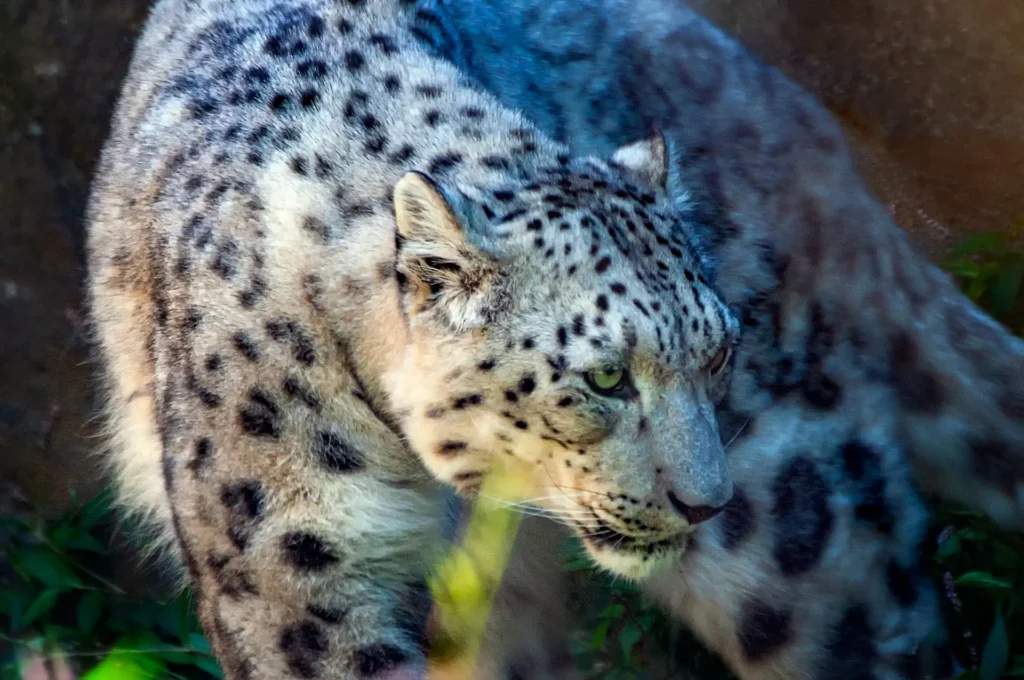Table of Contents
Have you ever wondered what makes snow leopards so special? These elusive big cats, often referred to as “ghosts of the mountains,” captivate our imaginations with their beauty, strength, and mysterious nature. In this article, we will delve deep into the world of snow leopards, exploring their habitat, behavior, diet, and the challenges they face in the wild. Whether you’re an avid animal lover or simply curious about these magnificent creatures, you’ll find fascinating insights and compelling facts that make snow leopards truly remarkable.

Introduction to Snow Leopards
Snow leopards, known scientifically as Panthera uncia, are one of the most enigmatic big cats in the world. Found primarily in the rugged mountain ranges of Central and South Asia, these felines are perfectly adapted to their harsh, high-altitude environments. Their thick fur, long tail, and powerful limbs allow them to navigate steep, rocky terrain with ease.
Physical Characteristics
Snow leopards are known for their striking appearance. They have thick, smoky-gray fur with dark rosettes and spots that provide excellent camouflage in their mountainous habitat. Their long, bushy tails help them balance on rocky ledges and keep warm in freezing temperatures. On average, snow leopards weigh between 60 to 120 pounds, with males being larger than females.
Habitat and Range
These majestic cats inhabit some of the most remote and rugged landscapes on Earth. Snow leopards are found in the mountain ranges of 12 countries, including the Himalayas, the Tibetan Plateau, and the Altai Mountains. They prefer alpine and subalpine zones at elevations ranging from 9,800 to 14,800 feet. Their elusive nature and the challenging terrain they inhabit make studying them a formidable task.
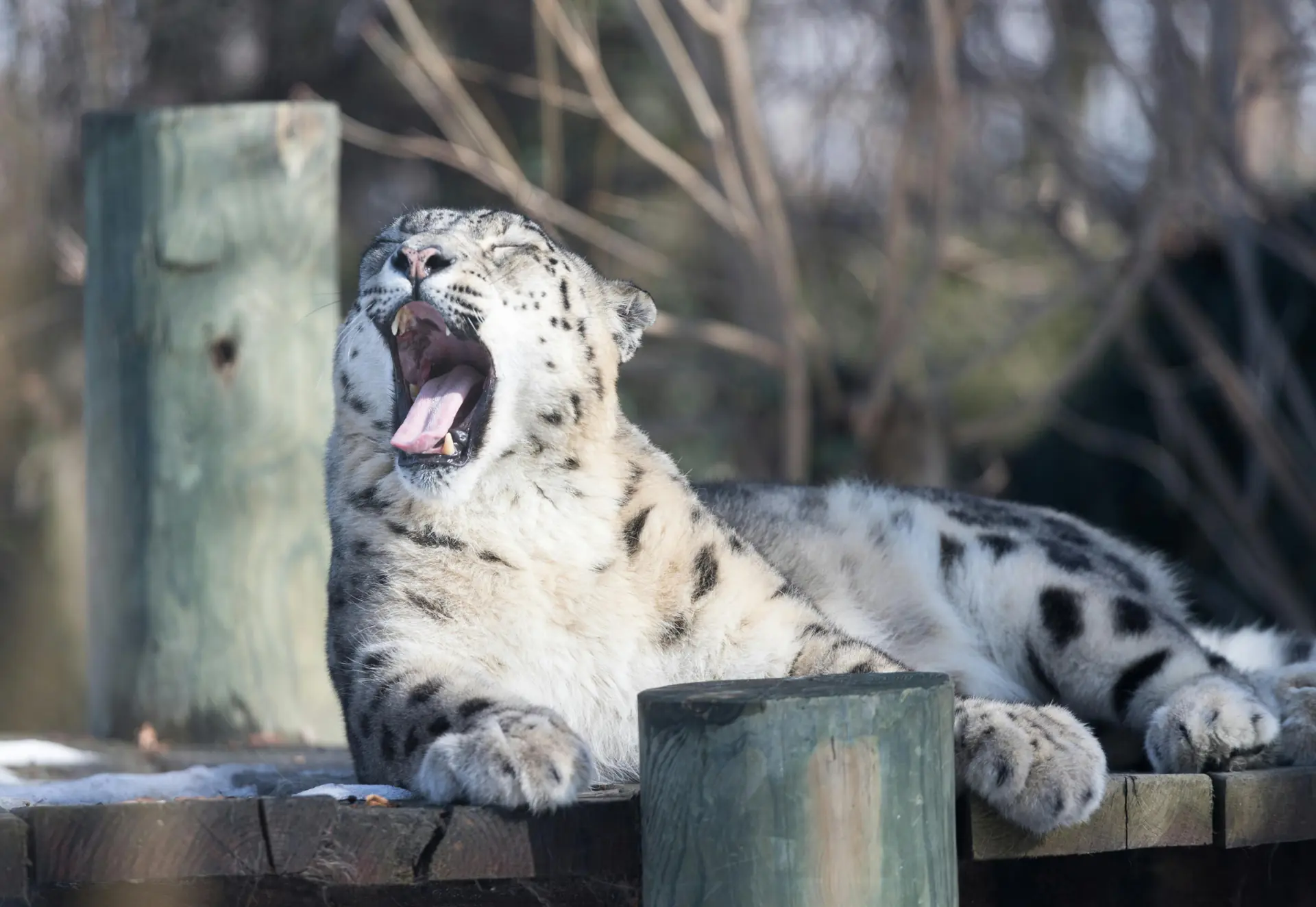
Behavior and Lifestyle
Snow leopards are solitary animals, known for their secretive and elusive behavior. They are primarily crepuscular, meaning they are most active during dawn and dusk. This behavior helps them avoid the heat of the day and increases their chances of successfully hunting prey.
Hunting and Diet
Snow leopards are carnivorous predators, relying on a diet that includes wild sheep, goats, and other small mammals like marmots and hares. They are known for their incredible hunting skills, often taking down prey three times their size. Their powerful hind legs allow them to leap as far as 50 feet in pursuit of their prey. After a successful hunt, snow leopards can consume up to 20 pounds of meat in a single meal.
Reproduction and Lifespan
Snow leopards have a relatively low reproductive rate, which makes their conservation a significant concern. Female snow leopards typically give birth to two to three cubs after a gestation period of around 90-100 days. The cubs stay with their mother for up to two years, learning essential survival skills before venturing out on their own. In the wild, snow leopards can live up to 12-15 years, while those in captivity may live longer.
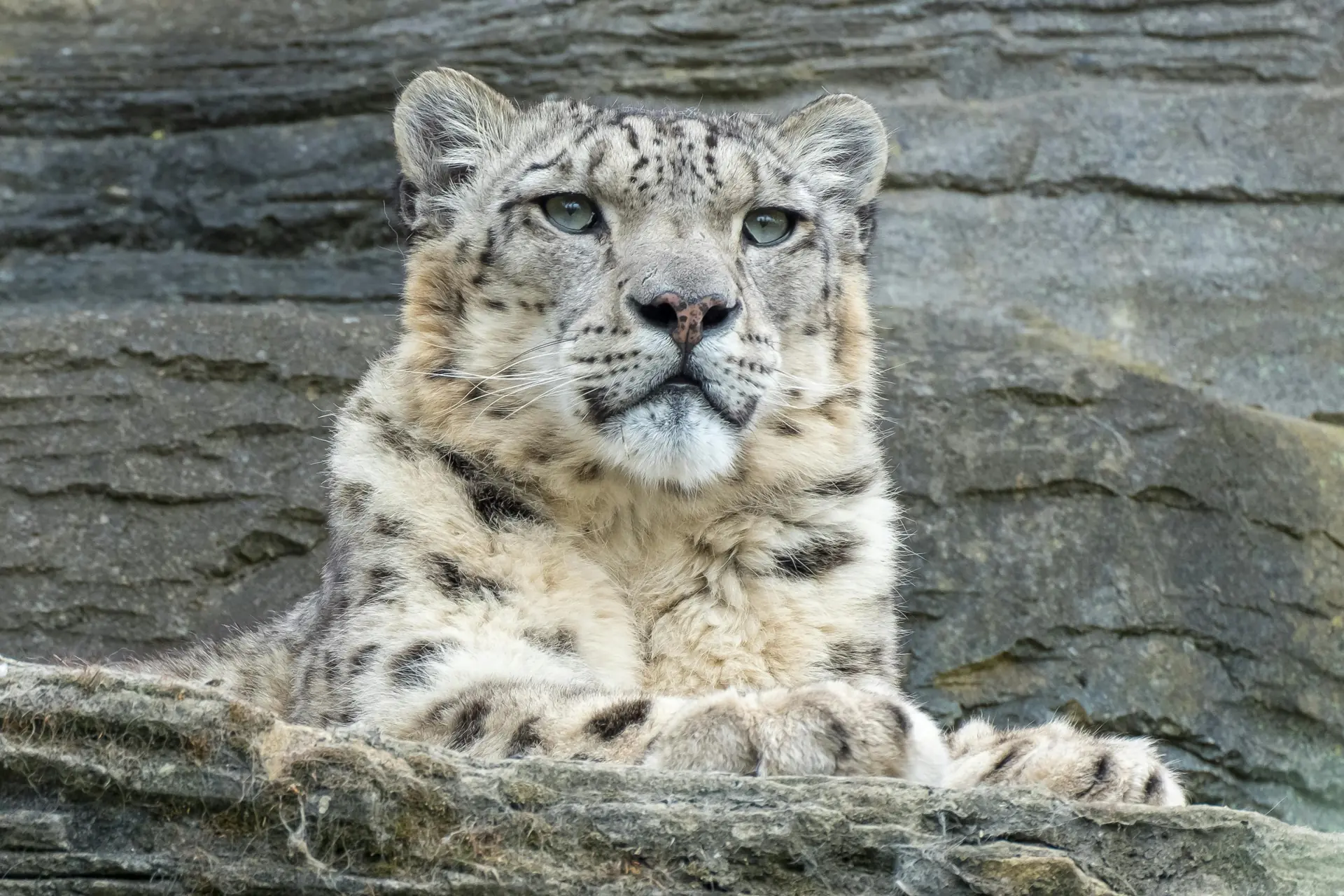
Conservation Status and Threats
Snow leopards are currently listed as vulnerable on the IUCN Red List of Threatened Species. Their population is estimated to be between 4,000 and 6,500 individuals, although exact numbers are difficult to determine due to their elusive nature.
Threats to Snow Leopards
Several factors contribute to the decline in snow leopard populations:
- Habitat Loss: Human encroachment and development in mountainous regions have led to habitat fragmentation, reducing the available range for snow leopards.
- Poaching: Snow leopards are hunted for their beautiful fur and bones, which are used in traditional medicine.
- Conflict with Humans: As human populations expand, snow leopards often come into conflict with livestock herders. This can lead to retaliatory killings when snow leopards prey on domestic animals.
- Climate Change: Rising temperatures and changing weather patterns are altering the snow leopard’s habitat, affecting both prey availability and their natural range.
- Stealthy Hunters: Snow leopards are known for their silent and stealthy hunting techniques. Their padded paws help them move quietly across the snow and rocky terrain.
- Remarkable Climbers: These big cats are excellent climbers, capable of navigating steep cliffs and rocky outcrops with ease.
- Incredible Jumpers: With powerful hind legs, snow leopards can leap distances of up to 50 feet, making them one of the best jumpers among big cats.
- Unique Vocalizations: Unlike other big cats, snow leopards cannot roar. Instead, they communicate through a series of yowls, growls, and chuffing sounds.
Conservation Efforts
Efforts to protect snow leopards include anti-poaching measures, habitat conservation, and community-based initiatives to reduce human-wildlife conflict. Organizations such as the Snow Leopard Trust and the World Wildlife Fund (WWF) are actively working to monitor and protect these magnificent cats. Conservationists are also using technology, such as camera traps and GPS collars, to study snow leopards and gather vital data to inform protection strategies.
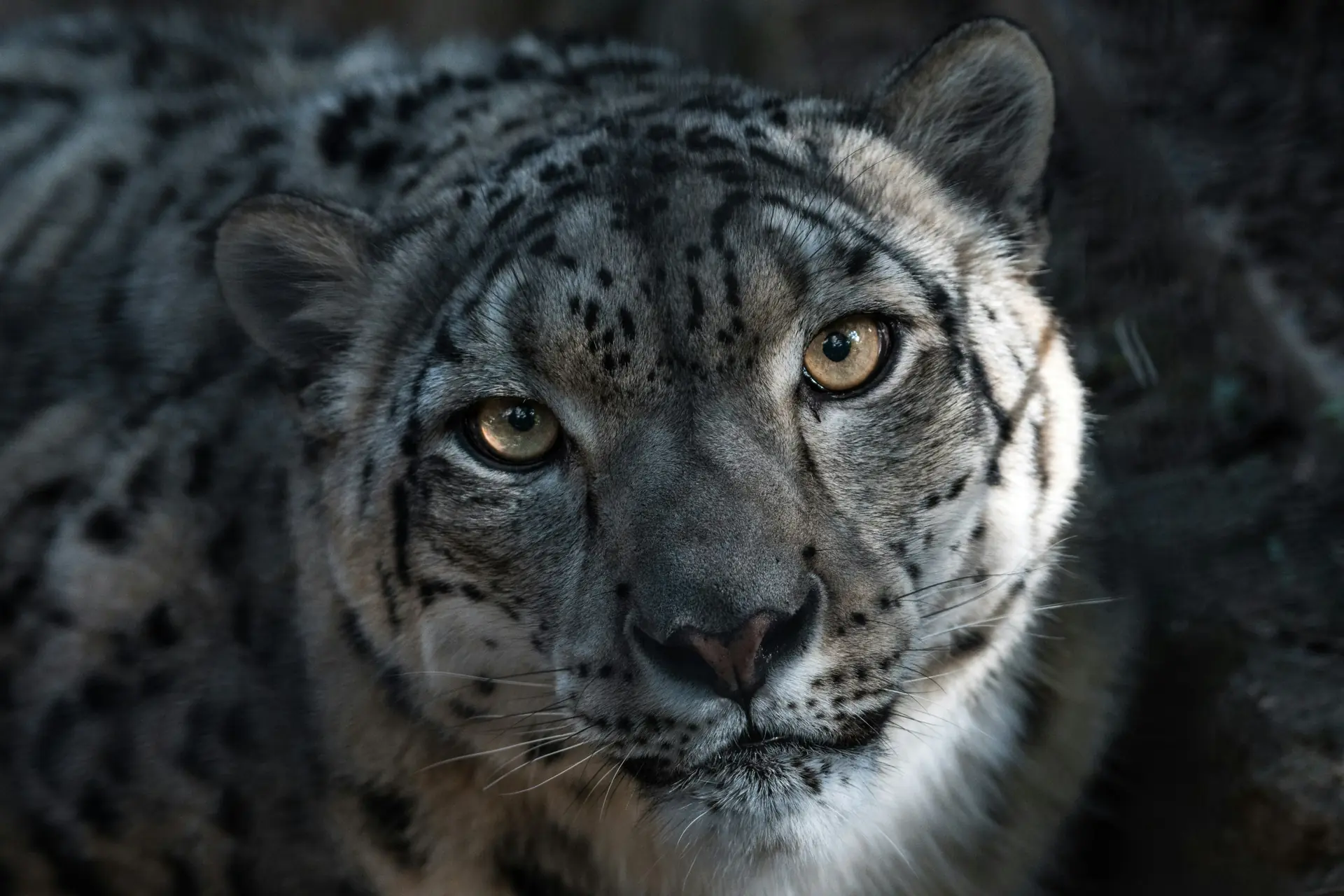
Fascinating Facts About Snow Leopards
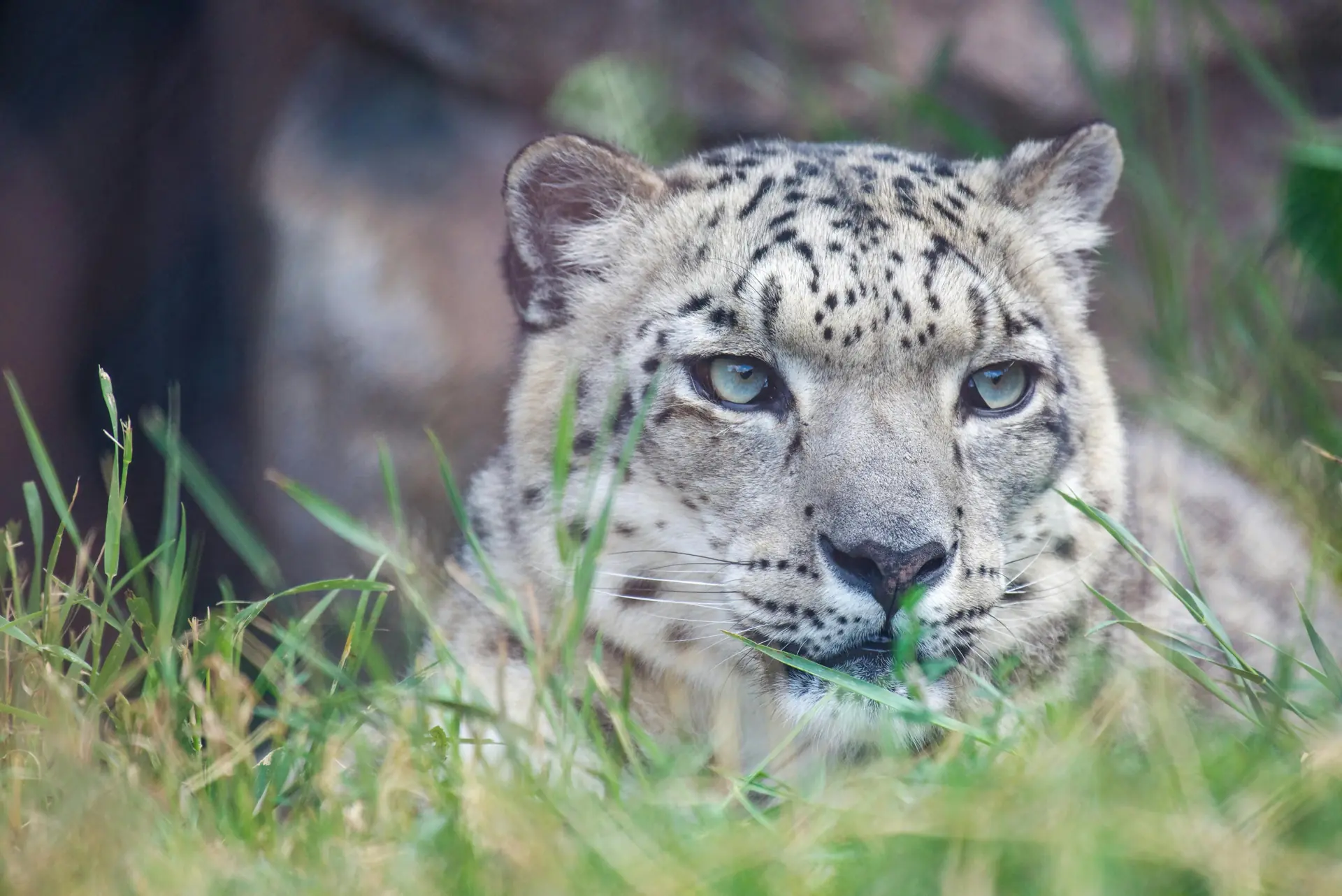
Learn More!
Snow leopards are truly one of nature’s most fascinating and beautiful creations. Their incredible adaptations, elusive behavior, and the challenges they face in the wild make them a captivating subject for animal enthusiasts and conservationists alike. By understanding and appreciating these majestic creatures, we can contribute to their preservation and ensure that future generations can marvel at the “ghosts of the mountains.”
If you enjoyed learning about snow leopards, be sure to explore our other articles on the mammals category. Discover more about the secret lives of cats and dogs, or dive into the fascinating world of amphibians and reptiles. For a unique look at animals with extraordinary abilities, check out our post on animal superpowers.
F. A. Q. about Snow Leopards
Where do snow leopards live?
Snow leopards live in the mountainous regions of Central and South Asia, including the Himalayas, the Tibetan Plateau, and the Altai Mountains. They prefer high-altitude habitats in alpine and subalpine zones.
Are snow leopards endangered?
Snow leopards are currently listed as vulnerable on the IUCN Red List of Threatened Species. Their population is estimated to be between 4,000 and 6,500 individuals.
What do snow leopards eat?
Snow leopards primarily eat wild sheep and goats, but their diet also includes smaller mammals like marmots, hares, and birds.
How many snow leopards are left?
It is estimated that there are between 4,000 and 6,500 snow leopards left in the wild. Exact numbers are difficult to determine due to their elusive nature.


